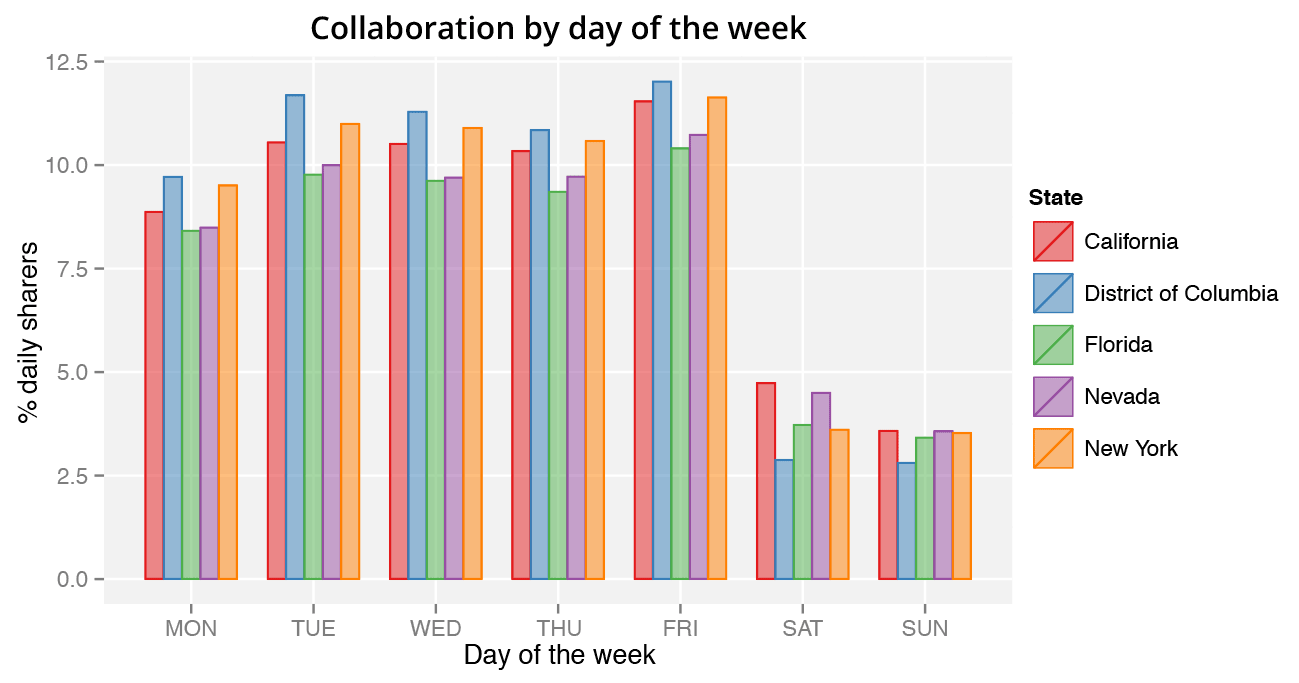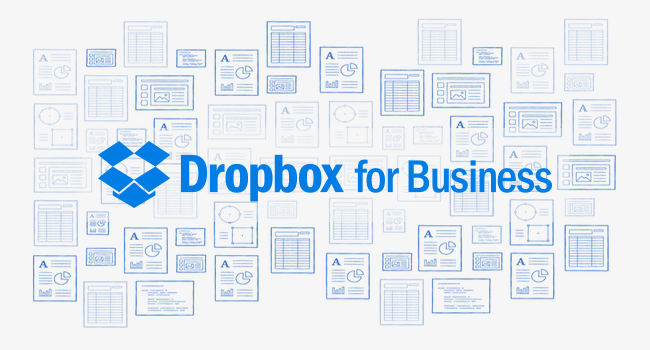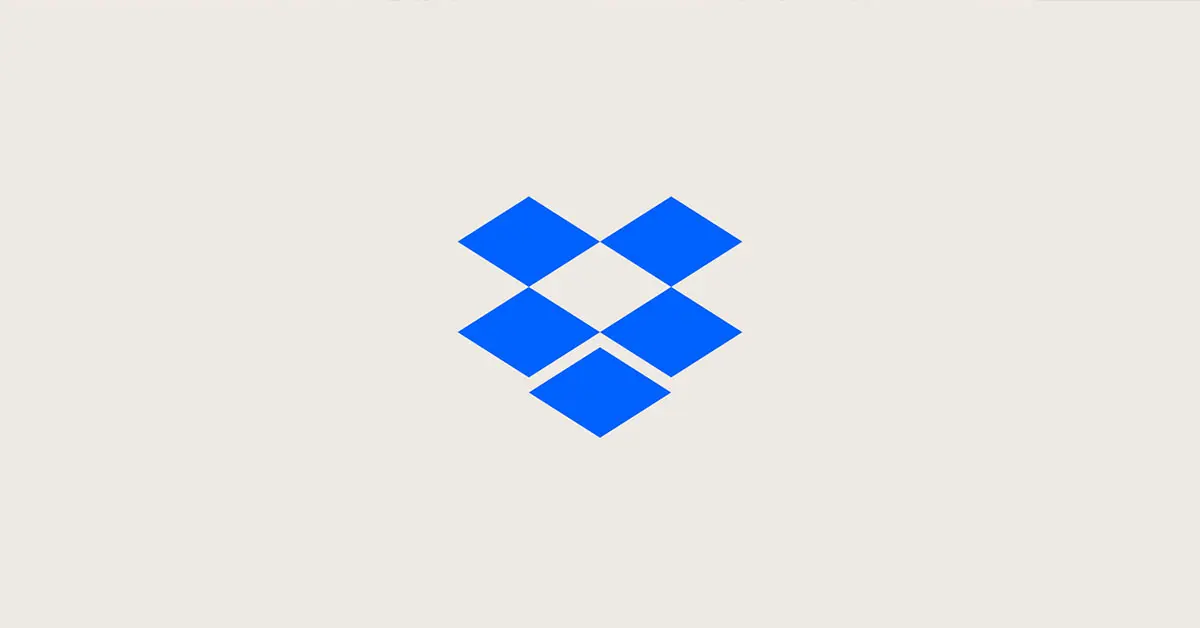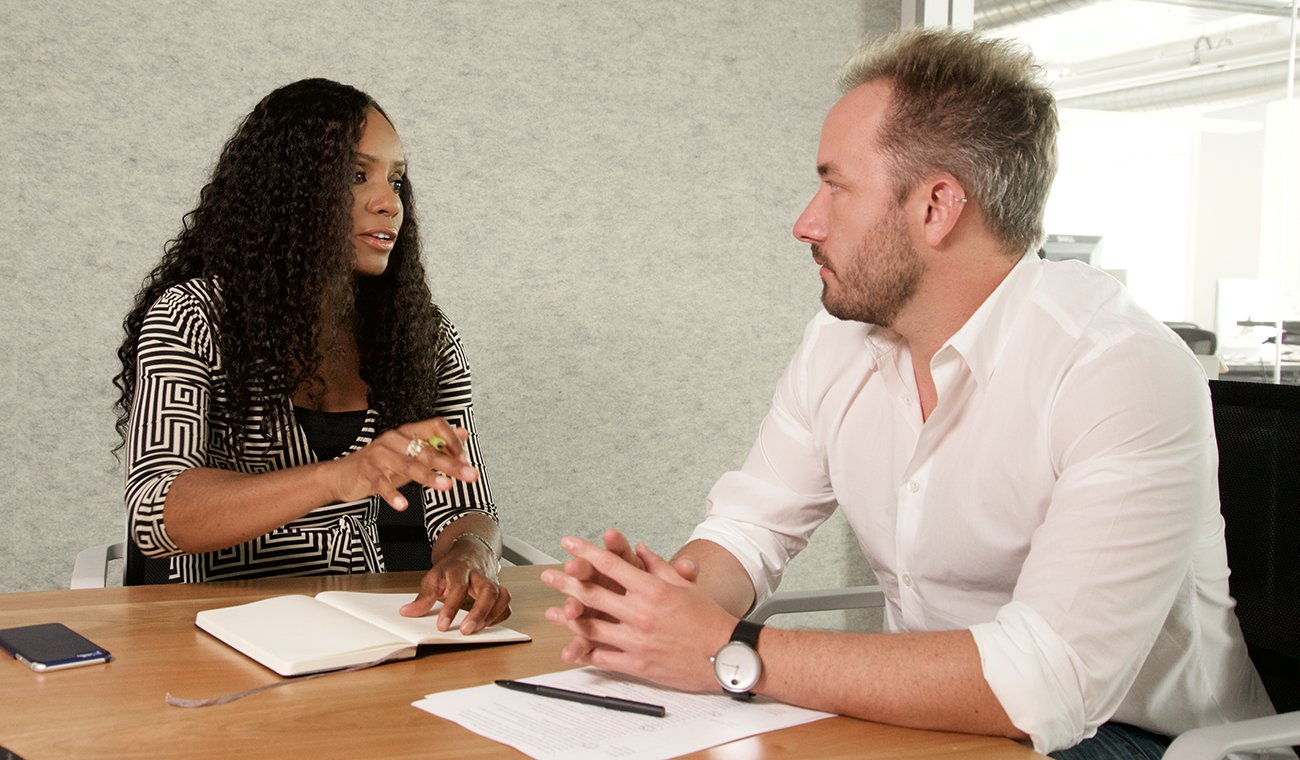
Drew
Arash and I have always wanted Dropbox to be a place where opportunity and success is limited only by a willingness to learn and work hard. Our products are used around the world by people from all cultures and backgrounds, but we can’t serve our users well unless our team reflects the world we’re building for.
Anyone who’s tried moving the needle on diversity knows that quick fixes don't go far. It's not just a pipeline issue, or a hiring issue, or a cultural issue—it's all of these and more. Even the smallest inequities and biases compound over time into enormous disparities.
It's up to all of us at Dropbox to create a truly diverse team and culture, but this starts with me and Arash. We’ve always wanted to complement our team’s grassroots enthusiasm with focus and leadership. Today I’m excited to announce that Judith Williams has joined Dropbox as our global head of diversity. Arash and I really appreciate Judith’s passion and first-principles approach, and we’re thrilled to introduce her here.
Judith
As the Global Head of Diversity at Dropbox, I’m part of a unique and growing profession that strives to make companies better. Of course there are hundreds of ways to make companies better, and I’ve chosen to make them more diverse and inclusive. There’s a lot of research that shows how diversity makes people smarter and companies more innovative, creative and productive.
Not all corporate diversity programs have their desired effect; but when demographic diversity increases, it unlocks the diversity of ideas and experience from everyone at the table. This is good for problem-solving, and building stronger teams and companies.
At Dropbox, we think diversity serves another purpose. Diversity makes work more enjoyable, and makes it easier for people to be themselves. Sometimes, it’s easier to talk about making a company “more inclusive,” (indeed, we’ve talked this way at Dropbox), but a much more important way to leverage the power of diversity is to focus on whether all employees “feel included.”
Not only do you want everyone at your company doing their best work, you also want them to be happy to be there doing it. Today we’re releasing diversity numbers for 2015. We’ve made progress in some areas such as attracting more women to our engineering teams, and promoting more women to leadership positions. Twenty-five percent of our VPs are now women. However, despite concerted efforts, the overall percentage of women in the company declined. And although we’ve seen improvement in the number of Blacks and Hispanics in the company, and in technical roles, their representation is starting from a very low base.
We know we have to do a lot better. Our goal is to continue to increase the number of women and underrepresented minority applicants in our pipeline and make sure we remove any biases in the hiring process.
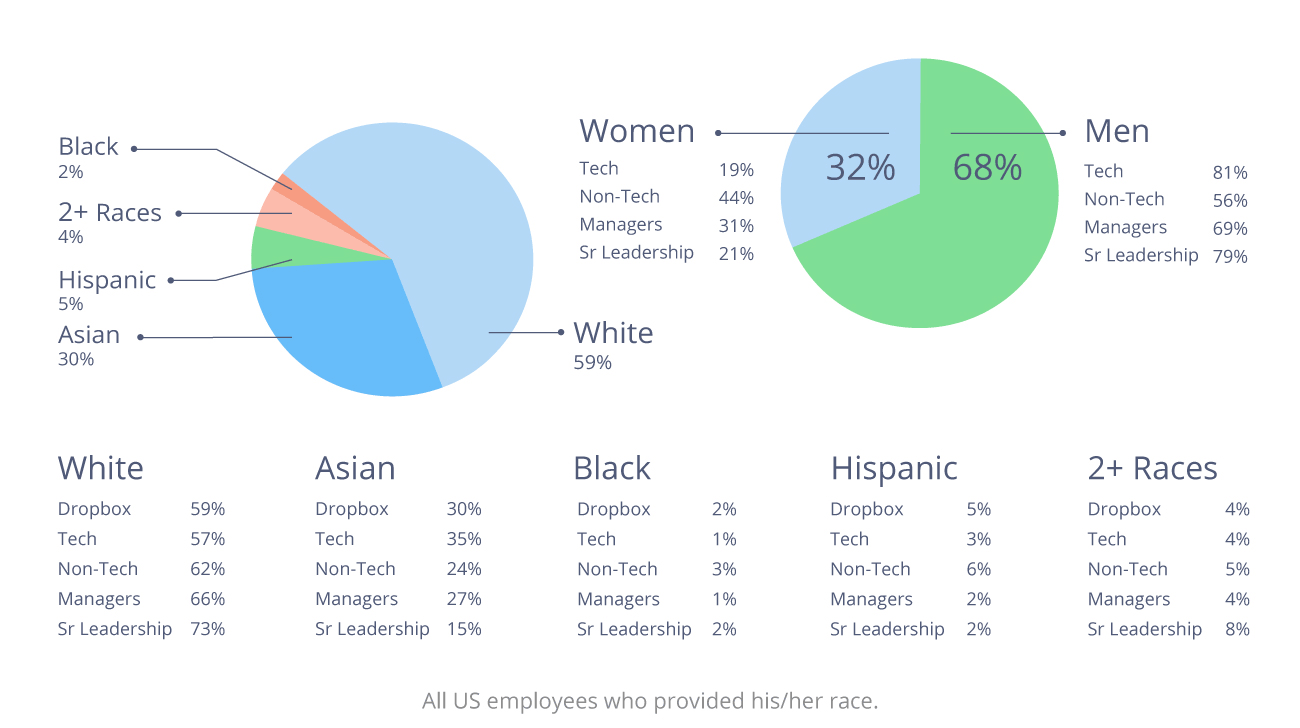
Although bias is a wide problem— finance, advertising, and media face the same challenges when it comes to gender and ethnicity—it’s been well-documented how the lack of gender and ethnic diversity arose in tech. No amount of well-meaning initiatives can unmake the origins of many tech companies as male-dominated engineering cultures.
Tech has been a flashpoint for diversity concerns because the success of these cultures has magnified the pernicious forces of bias that still exist in our modern society. Hiring more diverse candidates, and building systems to welcome a more diverse work force: those are things a company can do. What people can do is to be mindful every day of how included every colleague feels when they are at work—and this is the future we’re working towards.
We must start with broadening the networks we use to find candidates, but this is just the beginning. The culture that these candidates come into has a lot to do with with how successful they will be at Dropbox. And to change our culture we need to raise our awareness and involvement in more diverse communities; when we do that we expand the experiences and empathy of all of our people.
Diversity is something you have from birth, but it is also something you acquire during the course of your life. And so it is with companies. As we deepen our involvement with diverse communities, these networks complete the circle and bring all kinds of people into our pipeline.
As you can see from the numbers we’re reporting today, we have some distance to go. Almost all companies do. But we’ve also seen some progress. Overall, I am optimistic about the challenges ahead of all of us. We are building the future, and we are committed to having every person see themselves there.
Our 2014 diversity numbers can be found here.
Dropbox 2015 diversity numbers
| Gender | Dropbox | Tech | Non-tech | Managers | Senior leadership |
|---|---|---|---|---|---|
| Women | 32% | 19% | 44% | 31% | 21% |
| Men | 68% | 81% | 56% | 69% | 79% |
| Total | 100% | 100% | 100% | 100% | 100% |
| Race | Dropbox | Tech | Non-tech | Managers | Senior leadership |
|---|---|---|---|---|---|
| White | 59% | 57% | 62% | 66% | 73% |
| Asian | 30% | 35% | 24% | 27% | 15% |
| Black | 2% | 1% | 3% | 1% | 2% |
| Hispanic | 5% | 3% | 6% | 2% | 2% |
| Two or more races | 4% | 4% | 5% | 4% | 8% |
| Total | 100% | 100% | 100% | 100% | 100% |

